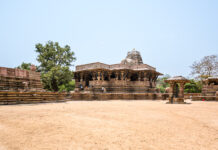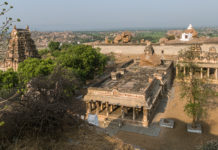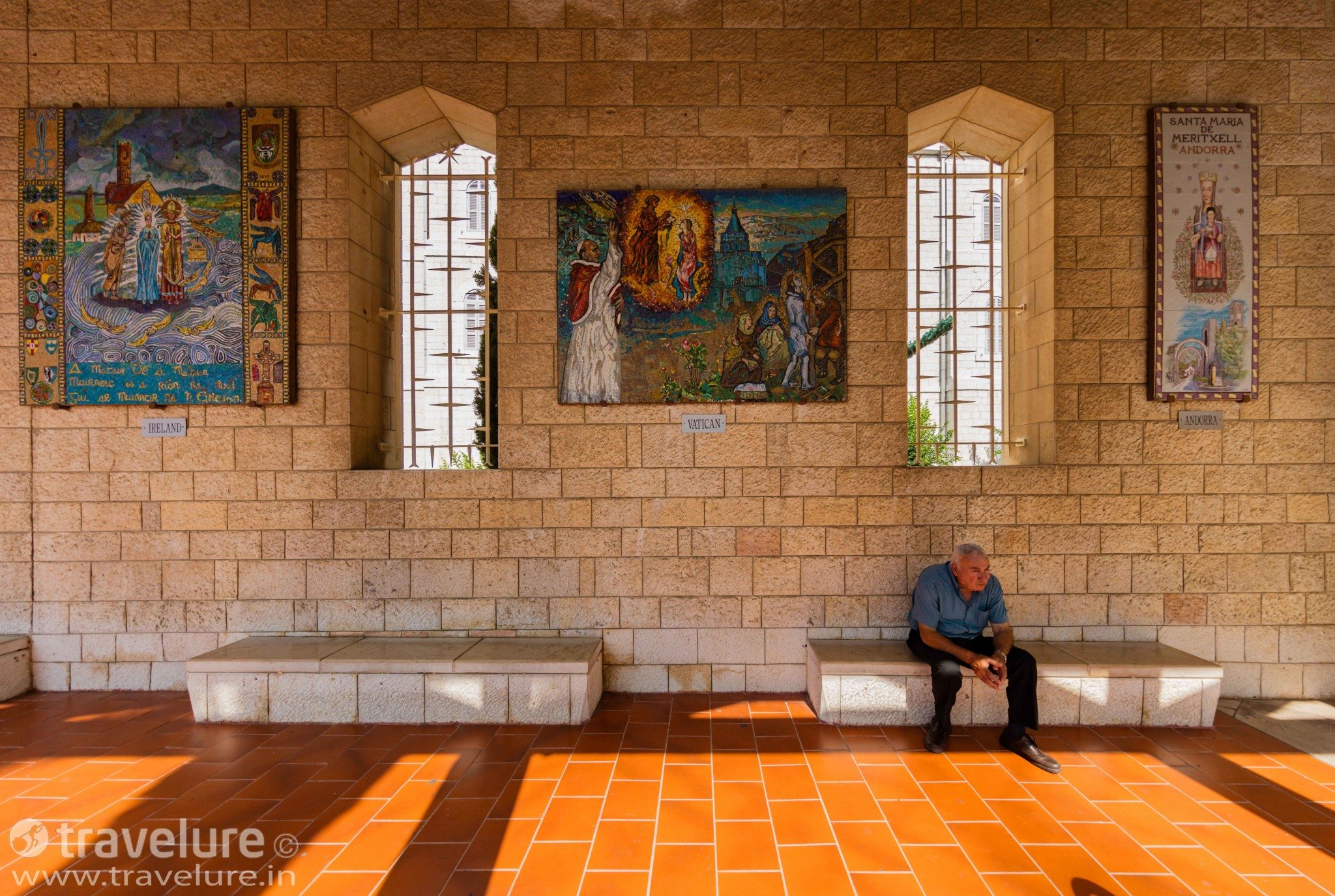Our Planet’s Landmarks Series #10
The Schonbrunn Palace Grand Tour Challenge – A Tip to Remember

Even after I had paid for and acquired the Vienna Pass, getting into Schönbrunn Palace was a task. Despite a rather expansive tourist centre at its entrance, there is hardly any ready help.

If you wish to take the Grand Tour, you must go across to a little ticket shack. You can find it tucked away to the left of the palace as you stand facing it. Once there, clearly mention that you are there for the Grand Tour. If this bit is not clarified, the ticket counter staff is likely to fend you off with a ticket to the gardens. Tell them about your intent to go for the Grand Tour. They will offer you a physical ticket that will mention the earliest available time for the tour. Usually, you need to wait between 30-60 minutes in summers to get inside.
Schonbrunn Palace Vienna Austria
During the British Raj in India, in summers the British would shift to their capital to Shimla. Similarly, the Habsburg rulers used to shift to their main summer house – the Schönbrunn Palace in Vienna. This magnificent Baroque palace had 1441 rooms. It is one of the most important historical monuments in Austria.

As one of the more popular tourist attractions of Vienna, over 3,800,000 tourists visited it in 2017. Its sprawling gardens are as well-manicured as Chateau Versailles gardens.
For more Planet’s Landmarks, click HERE
The tastes and interests of the Habsburg rulers changed over their 300-year rule. The structures in Schönbrunn Palace reflect those suitably.

You must be brave to build a palace in a floodplain. But then, that is what Holy Roman Emperor Maximillian II did! He built Schönbrunn Palace in 1569CE in a floodplain. It was his hunting lodge. He got the area fenced and had game like ducks, pheasants, deer, and boar put here for recreation. He even had commissioned some fishponds here!
From Katterburg to Schonbrunn
Originally, the palace was not called Schönbrunn. Its original name was Katterburg. The name Schönbrunn came about in 1642 (it appeared on an invoice!). When translated, Schönbrunn means ‘Beautiful Spring’.
Empress Maria Theresa commissioned the remodelling of the palace during 1740-50. That is when it acquired its Neo-classical looks. She had received the palace as a wedding gift!

Once inside, you’d note the ceiling murals in the palace are as exotic if not more as the ones in Sistine Chapel.
After WW-II, the British Delegation as well as the British Military Garrison were given offices here. It turned back into being a museum in 1955 after Austria became a republic.

Today, the palace is managed by a limited liability company wholly owned by the Republic of Austria. The palace was inscribed on the UNESCO World Heritage list in 1996.
About the Palace Gardens

Between the palace and the Neptune Fountain lies a sculpted garden called the Great Parterre. It is a French garden and among other things, it contains a maze. The Great Parterre is lined with a bunch of statues of deities and of virtues.

Beyond the Neptune Fountain lies Gloriette – a structure glorifying Habsburg power. Today, it houses a café and an observation deck that provides a panoramic view of Vienna.
Besides being an architectural tourist magnet, the palace also hosts classical concerts featuring the music of Mozart and his other contemporaries.
Even though it may have its own hassles, do visit Schönbrunn Palace when in Vienna. Trust me, its opulence will leave you totally wonderstruck!




















